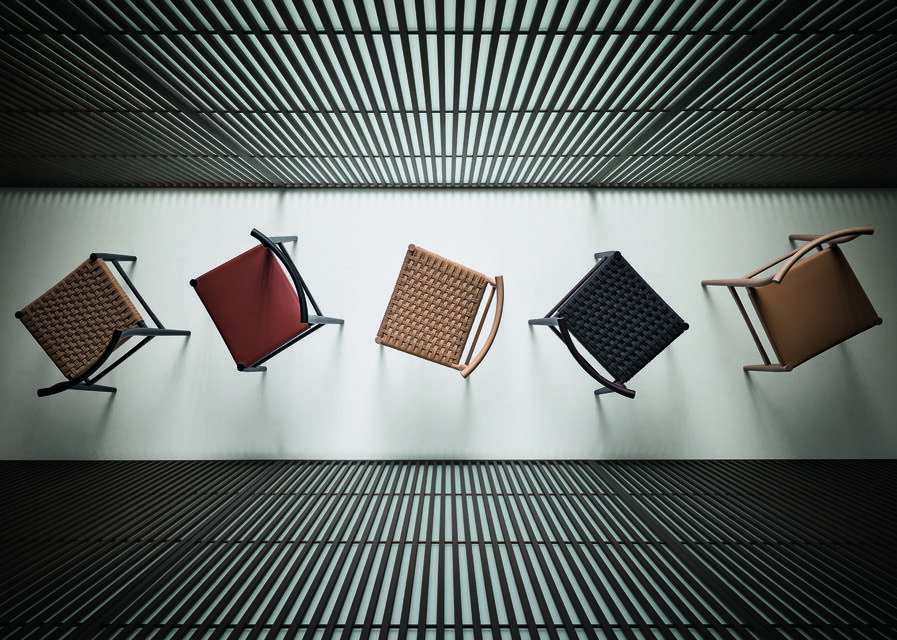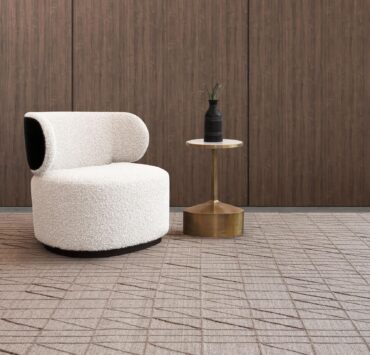At the end of each month, DNN Editor in Chief Courtney Porter curates five standout things — design projects, product launches, noteworthy events, trends and more that deserve your attention. The edition for August 2025 covers consumer’s newfound love of Wabi Sabi aesthetics, RH’s plan for industry domination, a design media shake-ups and artificial intelligence, Wrensilva’s new Larabee collaboration and The Hamptons as the Summer designer hotspot.
1. Aesthetics and attitude: Wabi Sabi
Designer Noz Nozawa surveyed the contents of her closet, taking inventory of the articles of clothing she owned that were pre-distressed with holes and tears. I called her to unpack the rise in western – predominantly European and American – furniture brands adopting the Japanese philosophy of wabi sabi – that is, the centuries-old worldview stemming from Zen Buddhism, embracing imperfection, impermanence and the beauty of decay. “Everytime I’ve visited a secondhand furniture shop in Tokyo, they’re full of western furniture,” she laughed, “and they’re restored to look brand new.”
There’s an interesting irony in Westerners adopting an appreciation for ancient restoration techniques, while the culture from which they originated, rejects them in favor of the shiny and new. We discussed the current cultural moment that has sparked wabi-sabi curiosity in the western design world — and why she thinks that’s a great thing!
Wabi sabi abroad
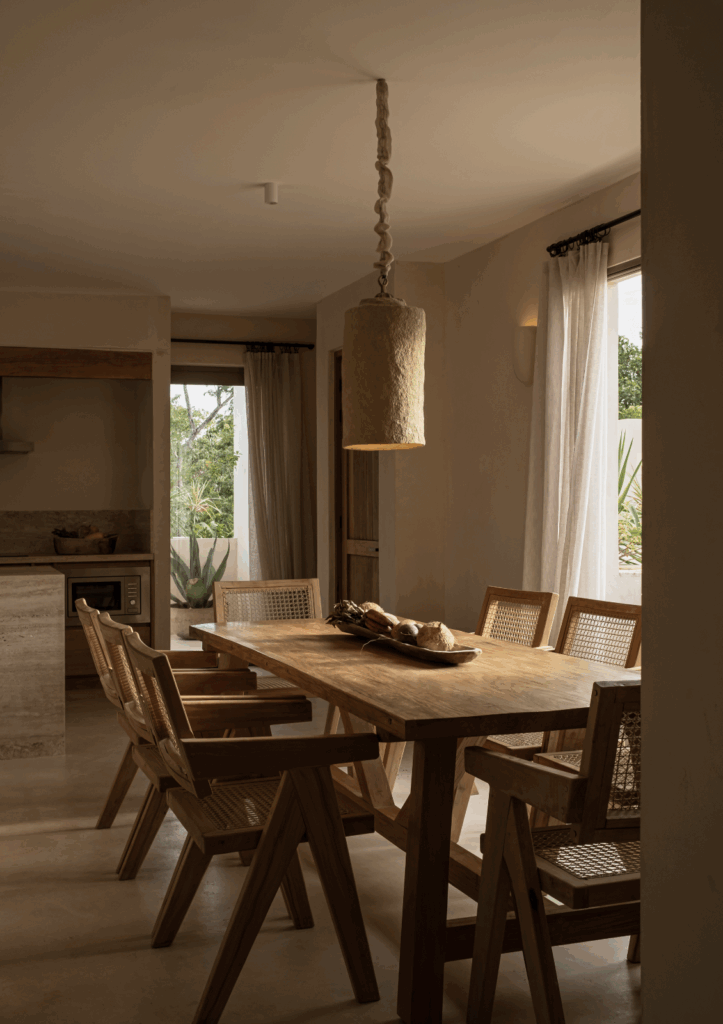
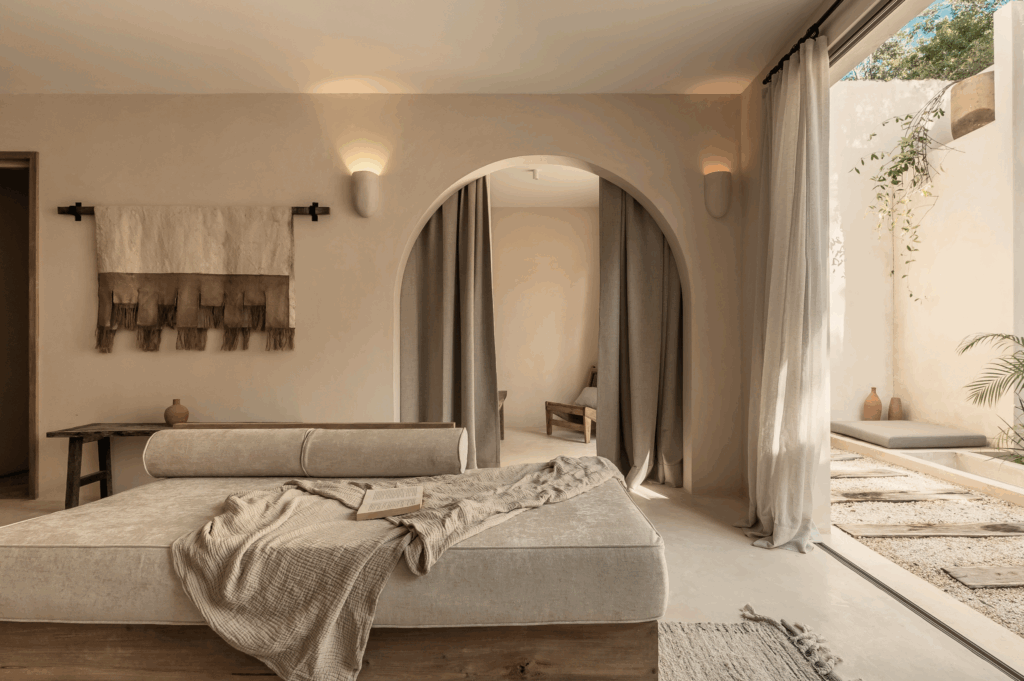

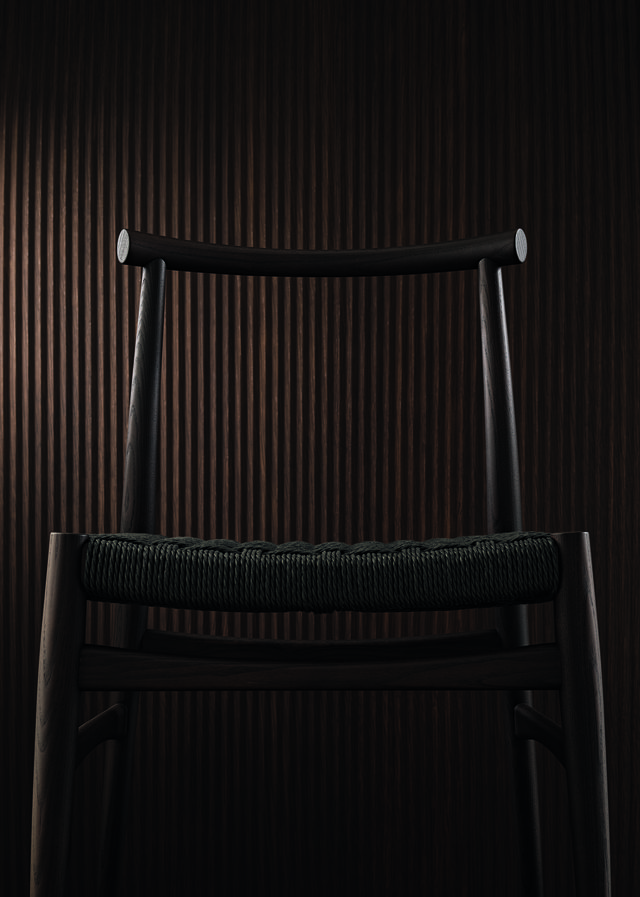
Italian architect and designer Giuseppe Bavuso who designed the Wabi Chair and Modernity Flow collection for Rimadesio, experiments with minimalism in all of its forms. About the chair he had the following to say:
“…The success of the Wabi chair lies in its ability to combine formal simplicity with a deep material richness. What stands out…is the honesty of the materials: solid wood, leather, and rope are crafted using advanced technologies, yet intentionally left with a reassuring, natural appearance. This, along with the balance of proportions, creates a strong visual impact. In a context where excess and over-design often prevail, Wabi offers a return to the essential—yet with elegance. It is a chair that conveys a sense of authenticity, warmth, and respect for time and nature. This kind of sensibility resonates strongly today, as more and more people seek objects for their homes that endure—not only in terms of quality, but also in their emotional and visual presence.”
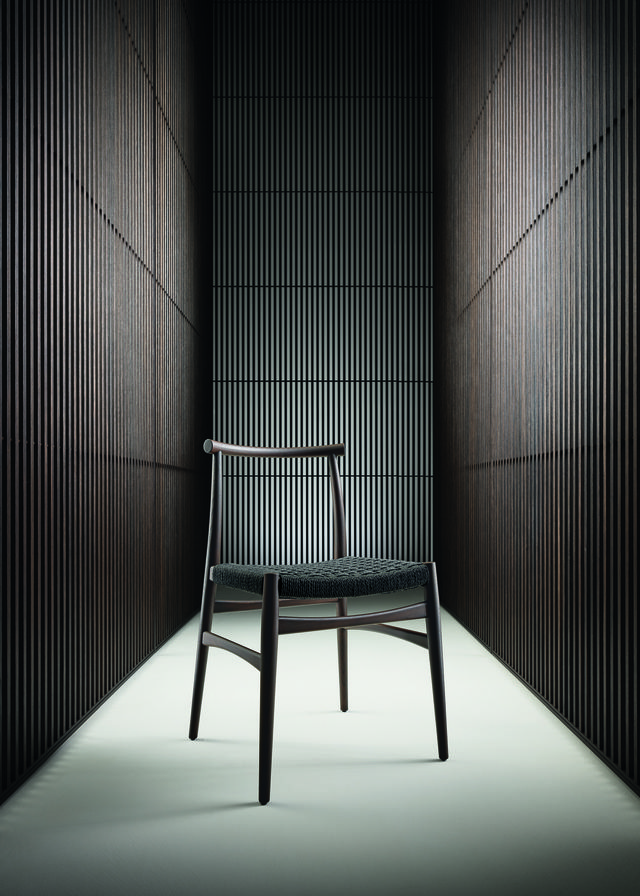
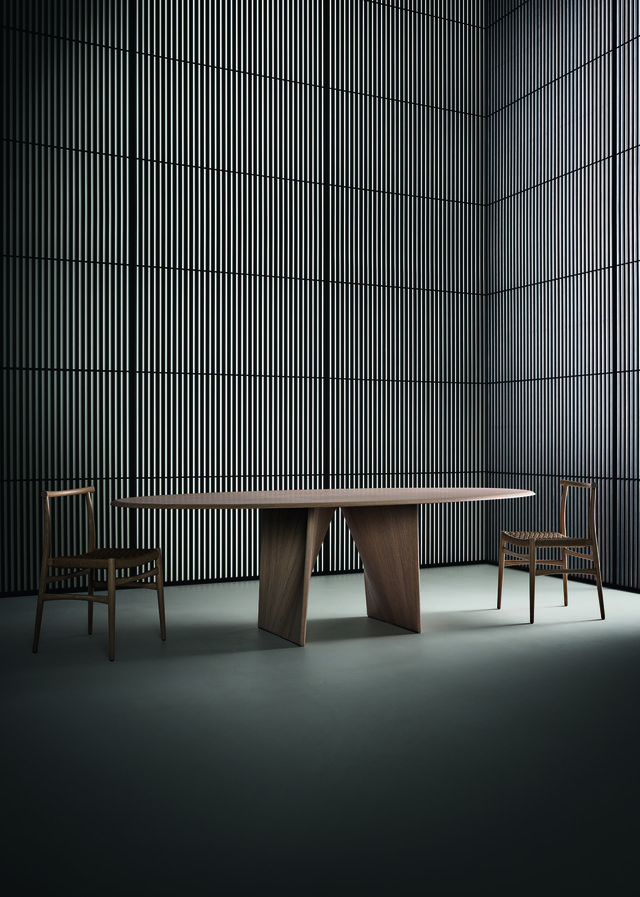
Wabi sabi and wellness design
Nozawa credits some of Wabi Sabi’s growing popularity to the boom in Japanese tourism over the past several years. But she also points to a broader cultural shift: as wellness and sustainability become more central to people’s lives, many people are discovering there’s already a centuries-old philosophy that captures these values and translates them aesthetically.

“Wabi Sabi, Patterson Flynn’s newest rug collection, naturally aligns with the wellness design movement through its commitment to authentic, handcrafted beauty. Each design features fibers from the highest quality natural sources including wool, cotton, and raffia. Using traditional dyeing techniques, artisans transform each strand with colors drawn from natural sources prior to weaving; skilled craftspeople guide each thread into place. Finishing touches like hand-knotted fringes and sun-dried textures complete the transformation from raw material to mindful, unique pieces.” – Pamela Marshall, Creative Director of Patterson Flynn

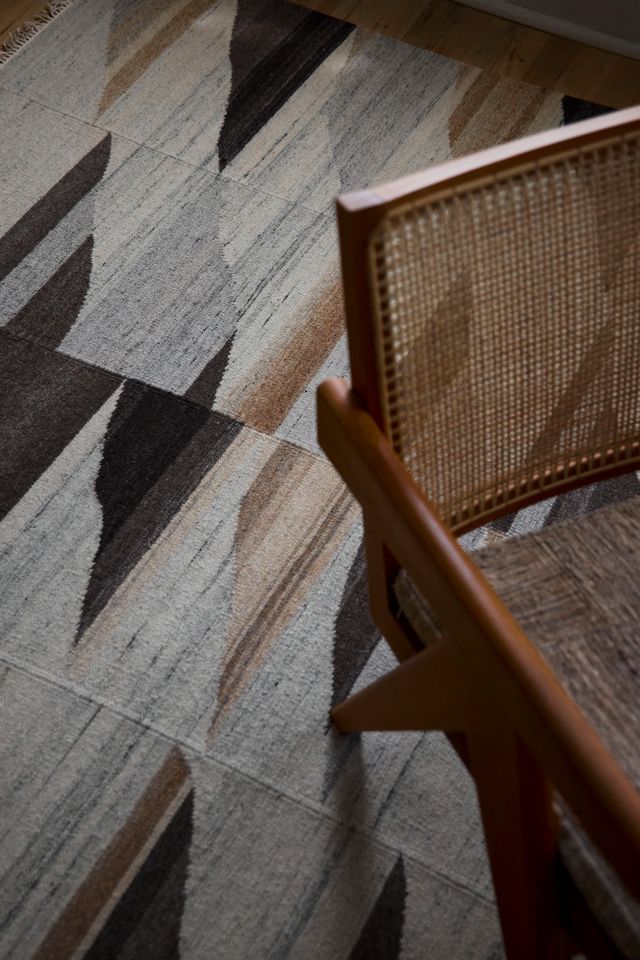
Wabi sabi’s enduring allure
Because of its historical significance, I hesitate to call the growing popularity of Wabi Sabi a “trend.” Trends, by definition, are fleeting. They suggest a pattern, but one with an inevitable end. The cultural embrace of wabi sabi, however, isn’t just another trend; it reflects a deeper, and hopefully lasting, shift in consumer behavior.
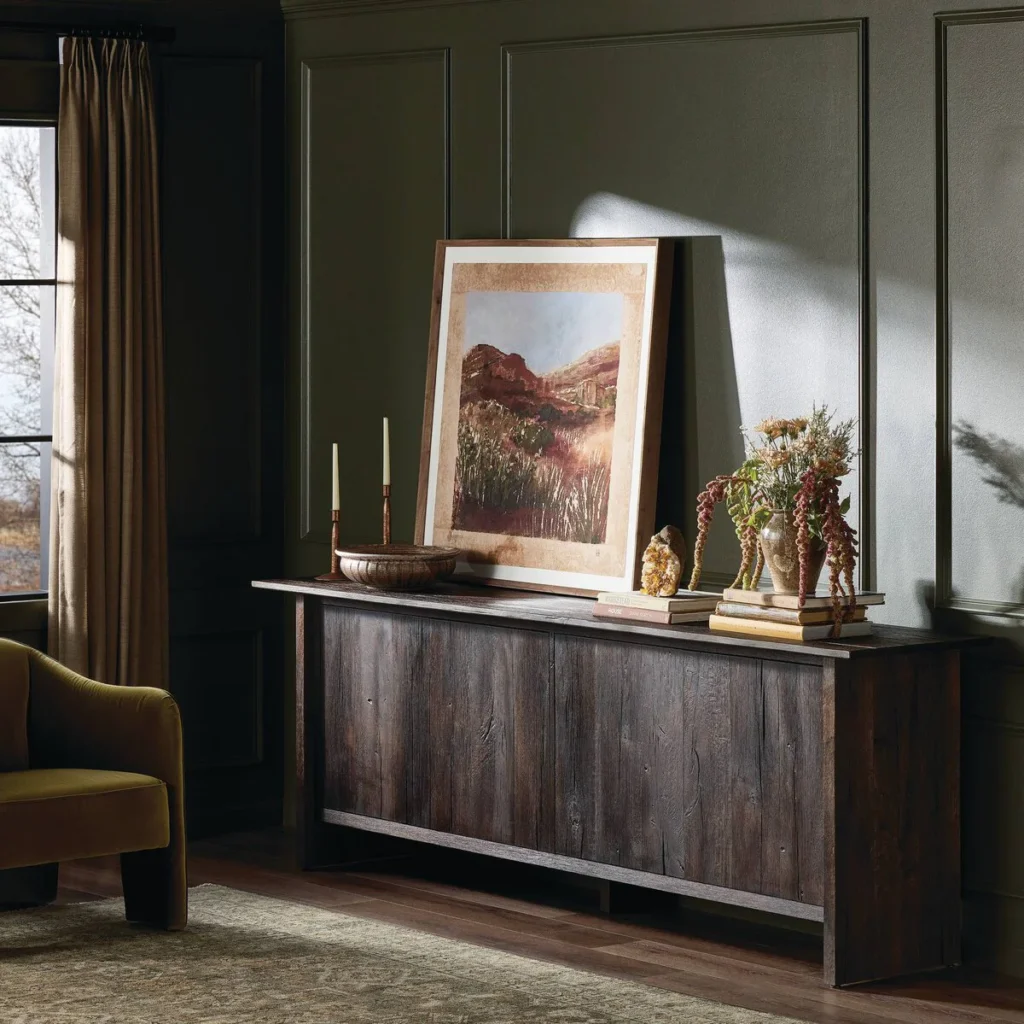
More people are choosing to keep their furniture for the long haul, embracing imperfections and signs of wear rather than fearing them. They’re no longer treating pieces as precious objects, but as functional items meant to age and evolve with time. And that, in itself, is a beautiful thing.
2. RH plans for industry domination
RH is pushing further into the trade side of design with a series of high-profile acquisitions. Most recently, the brand closed deals in 2025 to acquire Dennis & Leen, Formations and Michael Taylor Designs, as reported by BoH — three heritage names known for marrying antique-inspired design with modern sensibilities. By tapping into their client base of high-end designers and collectors, RH expands its reach into the elite interiors space, part of the company’s strategy to dominate the higher end of the market.
These purchases follow a string of earlier acquisitions that set the foundation for this expansion. In 2022, RH acquired New York–based Dmitriy & Co, a custom upholstery studio, and Michigan’s Jeup, Inc., a bespoke furniture atelier. Those moves seeded two new divisions, RH Bespoke Furniture and RH Couture Upholstery, with both founding teams staying on to lead their respective businesses. Before that, the company had already acquired Waterworks in 2016, beginning their expansion into luxury kitchen and bath fixtures.
By pulling these brands under one roof, CEO Gary Friedman has signaled that RH wants to shape not only how consumers shop for “luxury” but also how designers source and specify product.
That vision is being translated into branding and media as much as it is into the company’s core product. Margaret Russell, former editor-in-chief of Architectural Digest and Elle Decor, recently joined RH to launch RH Media, their new content platform. Her leadership extends RH’s cultural footprint, adding editorial weight to its push to be seen as more than a furnishings company, as a true lifestyle brand.
RH is also aggressively expanding its physical presence. Seven new design galleries are opening in 2025, with plans for more international and concept locations as well.
3. Larrabee x Wrensilva tap into the idiosyncrasies of product design
Last month I wrote about Range Rover’s collectible design gallery collaboration as a example of successful experiential luxury marketing. Recently, I attended Larrabee and Wrensilva’s launch party for their new hi-fi record console, available this month. Exciting and well-attended, the unveiling of the Larrabee Creator Edition M1 felt like the debut of a new Apple product — except instead of tech insiders, the room was filled with musicians, designers and tastemakers, buzzing over the console’s fusion of design and sound.
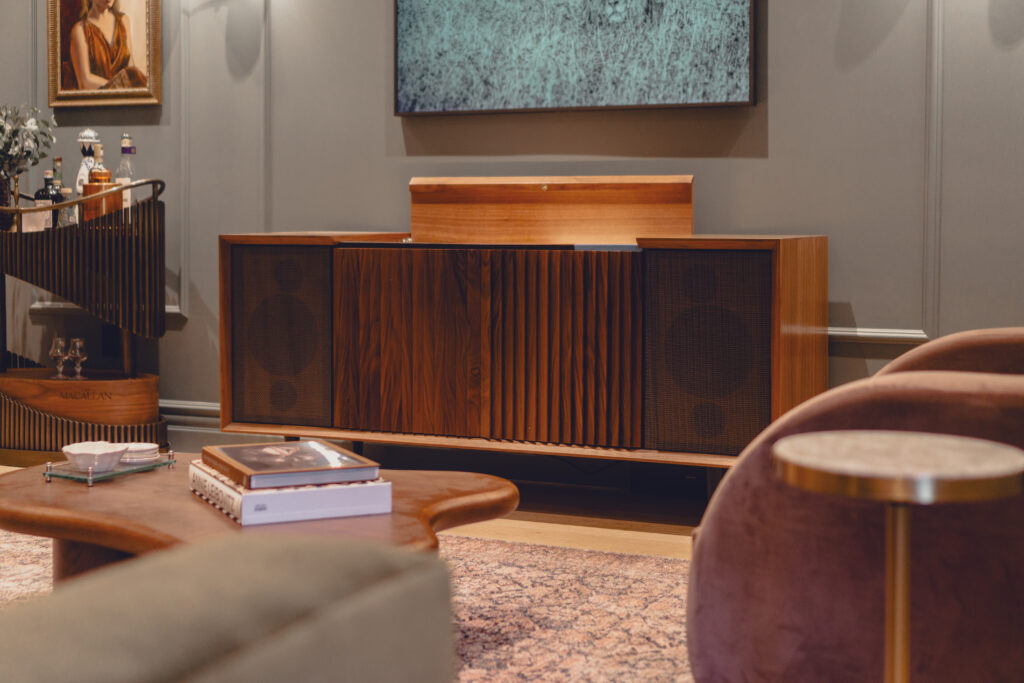
At first glance, the Wrensilva Larrabee Creator Edition M1 is a striking piece of furniture, but it is only when you step closer — when you see the hand-finished materials, feel the textures, and hear the sound — that its artistry is fully revealed.
The Larrabee Creator Edition M1 launches Wrensilva’s new Creator Series and was developed in partnership with 18-time GRAMMY® Award-winning mixing engineer and Larrabee Studios owner Manny Marroquin. Only 55 consoles will be produced, honoring Larrabee’s 55-year history. The piece weaves Marroquin’s Guatemalan heritage into the music studio’s lyrical past, integrating Wrensilva’s handcrafted design with subtle references to the professional mixing environment.
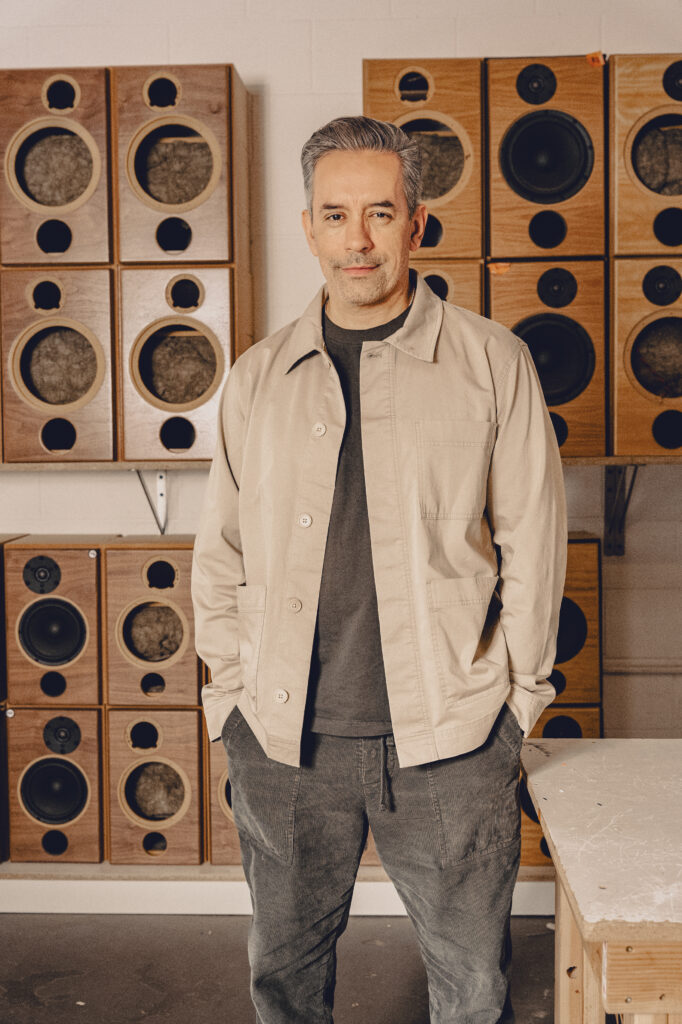

Design details highlight both heritage and innovation: sky blue and white accents inspired by Guatemala’s flag, a stamped leather apron featuring Marroquin’s signature and “Established in 1969,” brushed aluminum legs with blue inlays, and a brass coin embossed with Marroquin’s insignia discreetly placed inside the lid. Each unit is finished with a numbered brass plate and comes with a curated vinyl collection of albums mixed at Larrabee.
The collaboration goes deeper than aesthetics. Tuned with Wrensilva’s Signature Sound, the M1 delivers playback that is warm and faithful to the original recordings. Marroquin refined the system against his own award-winning mixes until it mirrored the sonic experience of being inside the studio. The result is a console that makes professional-grade sound tangible in the home environment — precise and immersive.
The project also reflects the cultural and musical legacy of Larrabee. Founded in 1969, the studio has been the creative ground for artists from Janet Jackson and Fleetwood Mac to Madonna, Prince, and Dr. Dre. Since acquiring Larrabee in 2008, Marroquin has expanded it into a creative hub in Los Angeles with ten studios, loft residences, and Verse, a supper club complete with an incredible menu and state of the art sound for both live and recorded music. That same philosophy of merging music, design and hospitality animates the Creator Edition M1.
4. People Inc. and ”fracking attention” with AI
Dotdash Meredith, which bills themselves as the country’s largest media publisher, is rebranding as People Inc. in a move aimed at capitalizing on the widespread recognition of its most iconic title, People magazine. Notably, they also own Better Homes & Gardens and Southern Living.
CEO Neil Vogel told Axios the rebrand is meant to highlight the “human nature” of the company’s content at a time when digital media is increasingly shaped by artificial intelligence. The irony, of course, is that People Inc. is leaning into an AI-driven, digital-first strategy. So where, exactly, is the human center? Calling it the human average might be more accurate.
Because algorithms and AI use large data sets to prioritize scale and sameness over discernment and individuality, the more culturally-specific, expensive or generally niche your taste is, the less valuable it is to monetize you digitally. By definition, people with niche taste tend to identify as such and there are simply less of them– these people often fall into the categories of people who hire designers or DIY’ers (I hired someone to do this special thing for me OR This thing is special because I made it myself).
The digital experience, however, is designed to collapse space and time in service of engagement, reach and data extraction from the taste-indifferent. Companies like Meta refined this by mining user behavior to build and sell behavioral profiles to advertisers, something Upper Middle editor Andrew Burmon calls “fracking attention.” And the attention economy doesn’t value special-snowflakes. (As he also reported, after announcing their new AI-driven strategy, People Inc. laid off 4% of their staff)
It will be interesting to see how this strategy translates across all of People Inc.’s portfolio, especially for a magazine like Better Homes & Gardens. The magazine is, afterall, about better (taste/uniqueness), homes (human shelter), and gardens (what’s the opposite of artificial intelligence? Biological growth!) – inherently physical, aesthetic and subjective domains. They are areas that defy the quantification and predictability AI depends on. You can’t algorithm your way to a good room, and you can’t train a model to feel what makes a space beautiful or a garden meaningful. But you can determine what will make a room most palatable to the most people, based on the data.
In other words, a digital-first, AI-driven media strategy is best suited for promoting high-volume, lowest-common-denominator products and services. Unchallenging aesthetics that require little explanation. (This is why everything seems to look the same online these days) It’s not that people are uncreative or don’t have unique taste, but trying to monetize that digitally is becoming harder. With AI-driven ad models, it might soon be near impossible.
5. The Hamptons is the hotspot for Summer design events
If you’re a designer looking to fill your Summer vacation with work events, The Hamptons is the perfect spot to do just that. The Hamptons was abuzz with design events this August, with showhouses, exhibitions, activations and panel discussions drawing style-minded crowds of design professionals as well as the design-curious clients/consumers across the East End.
- The Hampton Designer Showhouse, open through Aug. 31, turned a 9,000-square-foot Southampton home into a showcase for 25 designers benefiting Stony Brook Southampton Hospital.
- The Holiday House Hamptons in Water Mill wrapped Aug. 17, supporting the Breast Cancer Research Foundation.
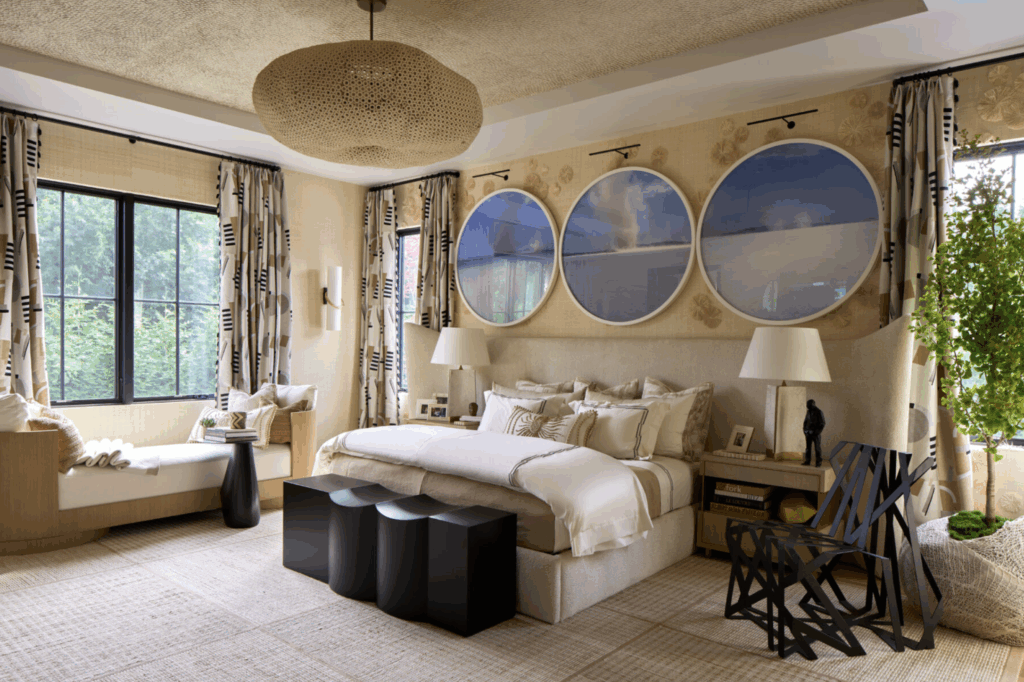

- Bridgehampton’s Exhibition The Barn spotlighted Liaigre in a Frampton Co.–curated showcase of furnishings and vintage finds, paired with salon-style gatherings and private receptions.

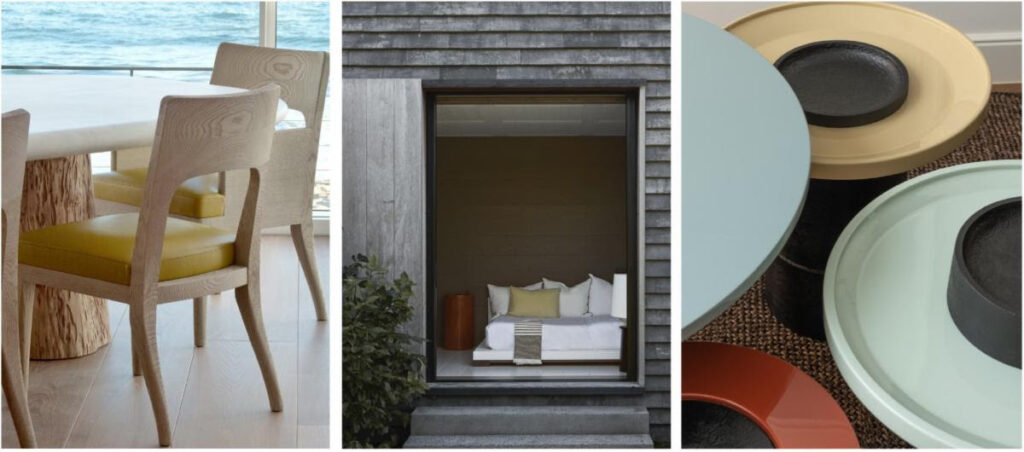
- The conversation continued outdoors: LongHouse Reserve hosted Modernist Landscapes: Visionaries and Their Gardens on Aug. 16, a full-day symposium on design legends from Le Corbusier to Harriet Pattison. And the Jewish Center of the Hamptons and Hamptons Cottages & Gardens produced panels and tours exploring modernist architecture.


